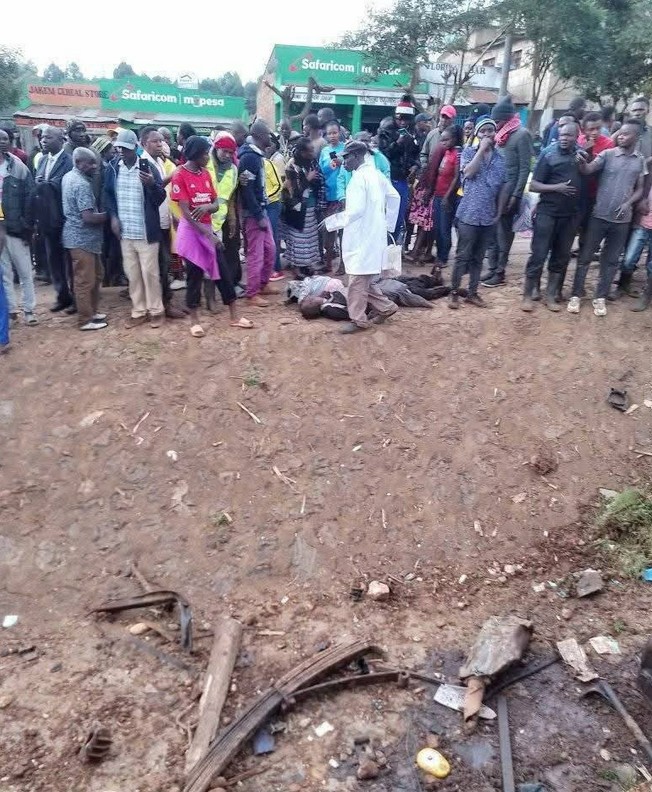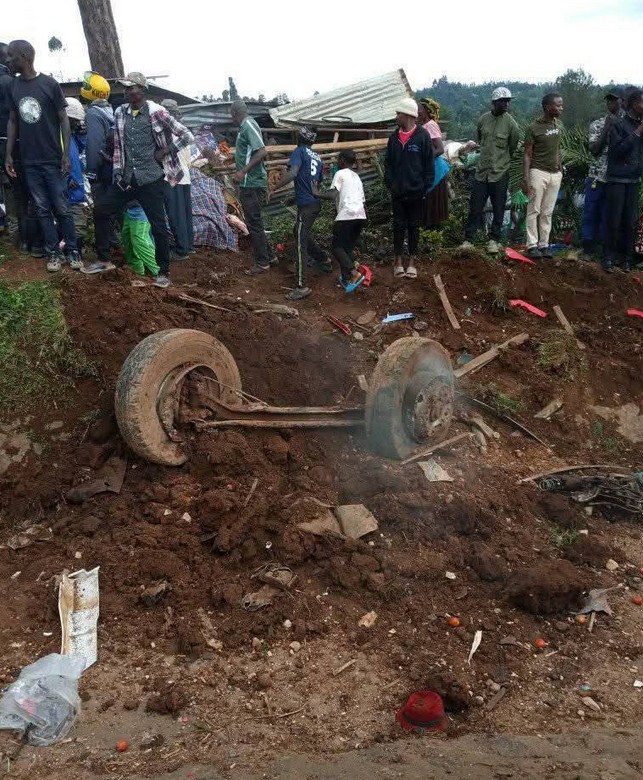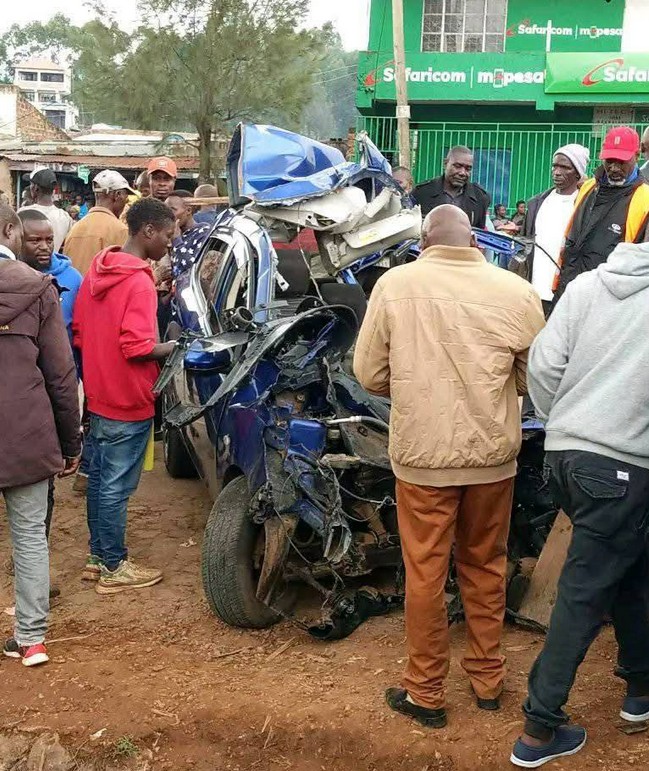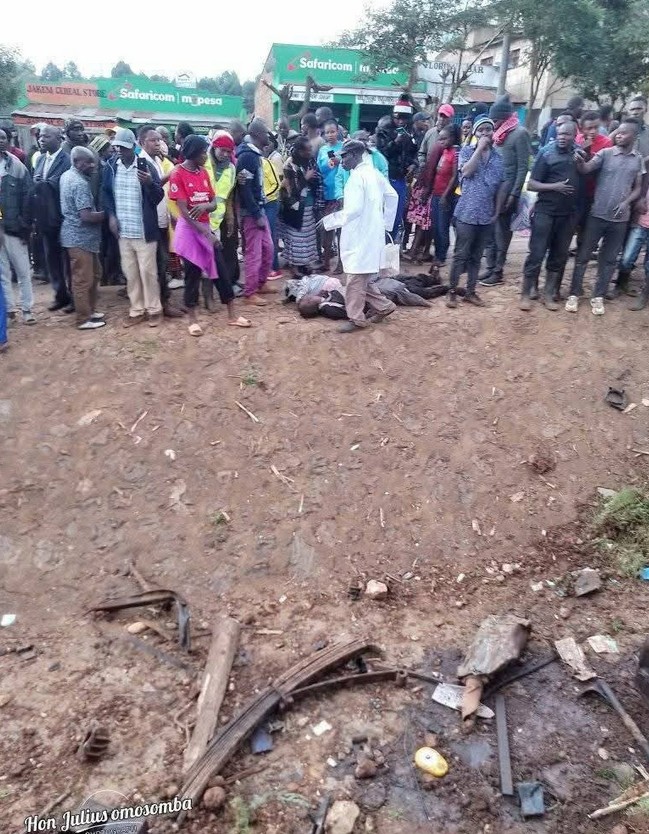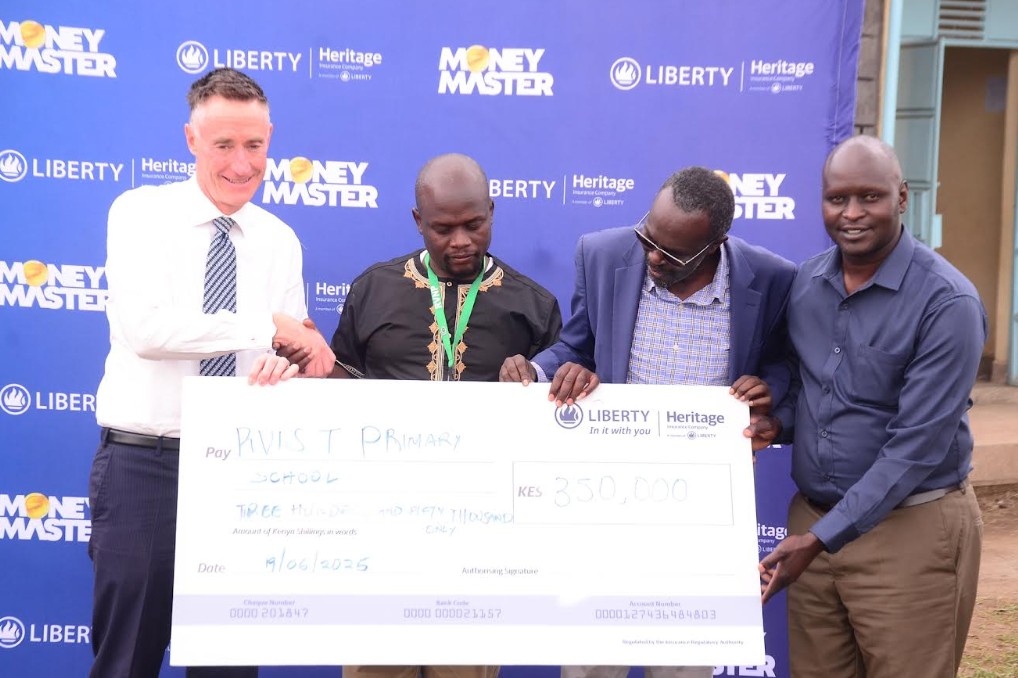Elijah K Samual has shared a list of President Ruto’s failures for the past 3 years he has been in power. Here is the full list;
After sharing the successes of the current regime, yesterday I shared the areas of concern too
- The contracting of the construction sector
Despite the heavy investment by the Government in Affordable Housing, the construction sector contracted in 2024 by 0.7%, the first time in over 10 years that the sector shrunk
It is worth noting that consumption of major construction inputs again dropped in 2024, with cement consumption dropping by 10% and iron & steel imports dropping by 9% etc.
The consumption of cement recorded the first drop in 20 years, and probably this was driven by multiple factors such as stagnation of budget allocation for public infrastructure, high borrowing costs, reduction in clinker imports mainly associated with a 17.5% import levy introduced in 2023, yet local production was unable to meet the demand etc.
In fact, the share of the construction sector to the GDP fell for the 2nd year in a row in 2024 to 6.3%, down from 6.7% in 2023 and 7.1% in 2022;
The overall number of people working in the private construction sector fell to 223,400 for the first time in five year
As earlier mentioned, high const of credit impacted negative on the sector, with the credit advanced to enterprises in the construction sector declining from KSh 602.7 billion in 2023 to KSh 528 billion in 2024 again the lowest in the five years of comparison
- The slowing-down in the manufacturing sector
Despite the sector expanding by 2.8% in 2024, up from 2.2% in 2023, the sector’s share of the overall GDP was 7.3%, the lowest in 10 years and down from a high of 7.7% in 2022
This simply means that the sector failed to match the GDP expansion rate, this is a sector which carries the greatest potential in revolutionizing the economy.
Similar to the construction sector, in 2024, total approved credit to the manufacturing sector dropped to KSh 563.0 billion, largely due to a decline in credit from commercial banks, which fell to KSh 560.6 billion.
This drop in credit to the key sectors such as construction and manufacturing by commercial banks could be attributed to among others high interests, as well as preference for banks to lend to the Government
The sector in 2024 employed 347,300 formally, a 2% increase from 2023, but the slowest growth in the past 5 years (2021 and 2022 averaged 6% growth, 2023 and 2024 averaged 2.7% growth)
- An economy that is slowing in employment generation
In 2024, the economy generated 75,500 formal jobs and 704,000 informal jobs in the year, the LOWEST in 5 years.
Now, the above is despite nearly 1 million Kenyans joining the job market each year; meaning that in 2024, approximately 300,000 Kenyans who joined the job market didn’t get employed (whether formal or informal).
- Slow down in revenue collection
Up to 31 May 2025 within the 2024/25 FY, the Tax Revenue was estimated as 2.011 trillion KES, which was 4% higher than the tax revenue for the previous FY at the same time point
Now, compared with previous FYs since 2014/15, at this point of the FY, this was the slowest expansion on year-to-year comparison
Similarly, against the FY target, as of 31st May 2025, the collection was at 83%, meaning that the 17% has to be collected in June alone
For comparison, in the 2021/22 FY, at the same point in time, the revenue collected was 94% against the target for the same FY
- Stagnant investment in public development expenditure
As of 31st May 2025, the Government had spent 265 billion KES on national level expenditure, which was approximately the same for the previous year which was estimated as 261 billion KES
On the flip side, in the 2021-22 FY, as of the same time of the FY, the expenditure was 283 billion KES implies a slight reduction in this investment by the current regime
Further to the above, as share of the tax revenue for the same period, the share of expenditure for the first time in two decades dipped below 15%, and this has been the case for the past 3 years
For comparison, in the 2021-22 FY, this share was 17%, implies that 17 KES of every 100 KES tax revenue was allocated to development compared to an average of KES 13 in the since the current regime came to power
- Reduced purchase of vehicles and motorcycles
The number of registered motor vehicles in 2024 dropped by 21%, the highest drop in 5 years, with commercial vehicles recording the highest drop
In that year, only 93,646 units were registered, the LOWEST in 8 years (even lower than 2020 during COVID-19)
Similarly, the number of newly registered motor and autocycles have more than halved in 2 years (from 131,513 in 2022 to 68,804 in 2024)
This drop could be attributed to multiple factors including increased taxes since 2023, high interest rates from lenders especially in 2024, eroded purchasing power amongst others
- The ever-rising public debt
During Uhuru’s Tenure, the Public Debt skyrocketed to 8.7 Trillion KES up from 1.8 Trillion KES when Kibaki left office, which translates to an annual average of 720 Billion KES
Enter William and the Public Debt has hit a high of 11.4 Trillion KES (in April 2025) in 2.5 Years which translates to an annual average of 1.1 Trillion KES
Based on the above point, then William’s annual borrowing is approximately 48% higher than Uhuru’s annual average
As a share of the GDP, the public debt has hit the 70% mark up from 67% some three years ago
- The high interest rates
In 2024, the commercial interest rates hit new average-highs in nearly 10 years, having hit an average-high of 17.2% in November 2024 (with some banks charging as high as 22%)
The above was nearly 5 percentage-point higher than the averages rates recorded in 2022 of 12.3% (averaged for different bank)
Although the rates are currently coming down, the current average of 16.1% still remains higher than the average recorded in 2022
I can pen more, but my ink is now dry
Data Sources: Mainly KNBS and Central Bank



